The first Total War: Warhammer campaign remains the series' greatest
And hopefully an even better version of it is on the horizon.

Where once there was a straightforward sandbox, Total War campaigns have evolved. Creative Assembly has been experimenting, trying to find a way to make both its historical and fantastical wars have exciting conclusions. Total War: Warhammer 3 represents the pinnacle of this—an ambitious campaign that combines the conquest-heavy sandbox with regular journeys into the fairly linear Realm of Chaos in order to fight a massive scripted battle.
Like Fraser in his Total War: Warhammer 3 review, I like it, with some caveats. But for all its frills and trips into other realities, Creative Assembly really got it right a couple of games ago, and the first Total War: Warhammer remains the most successful when it comes to spicing up the endgame.

Massive strategy games like Total War tend to have an inherent structural problem: the point at which the player has functionally won the game happens well before it's ended, so hours are spent essentially mopping up. Almost every Total War game across the past decade has tried to avoid this by having the game world change significantly before players get too comfortable.
These upheavals take a few different forms—sometimes they're the endgame, sometimes they're a set of story missions, sometimes they're the entire structure of the game—so 'campaign structure' seems like the best term to use. Where Warhammer 3 has rifts opening up at regular intervals, spitting out daemons and inviting players into the Realm of Chaos, Warhammer 2 has factions racing to perform rituals to Great Vortex, while Shogun 2 simply makes all the other clans team up against you once you become powerful enough.
There are three clear goals of all of these structures: they attempt to create limitations or crises that stop the campaign from running too long, they try to put pressure on the player when they might otherwise be too comfortable, and they are designed to feel like a cohesive part of the campaign rather than an arbitrary system. In every case, the original Warhammer does it best.
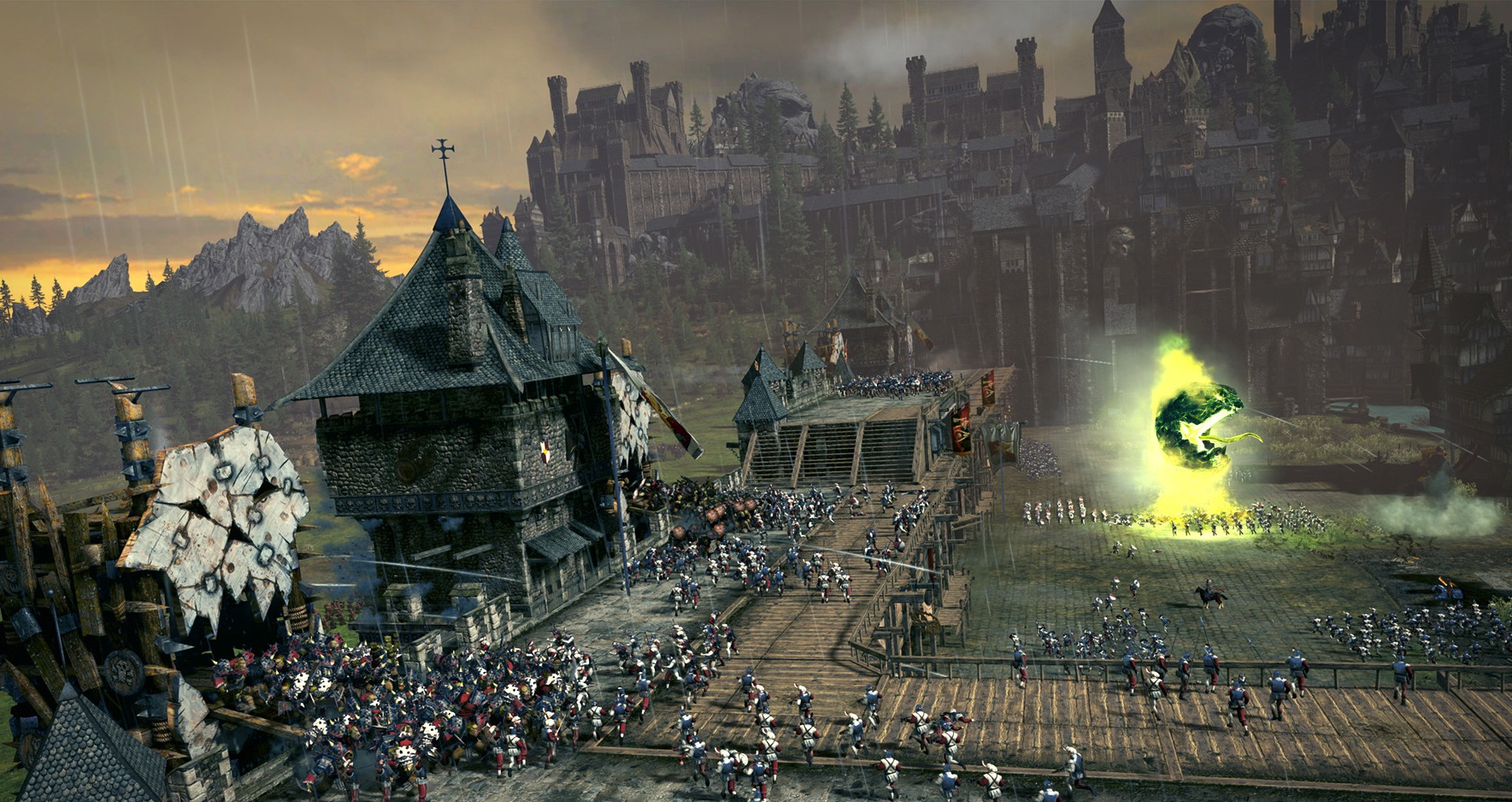

Shogun 2 – Your rivals create a superfaction intent on destroying you.
Attila – Horde migrations and climate change force everyone to fight over fertile land.
Warhammer – A massive Chaos invasion attacks and destroys whatever provinces it can while raising global corruption.
Warhammer 2 – Factions race to control the Great Vortex by performing rituals, which also spawn Chaos armies.
Three Kingdoms – The most powerful factions are declared the Three Kingdoms, and then they fight.
Warhammer 3 – Everyone fights over four daemonic souls so they can defeat the daemon Be'lakor in a climactic battle.
It works like this: around 75 turns into a campaign, the Chaos invasion starts. Chaos corruption increases globally, meaning that provinces require a bit more work to stop them from rebelling—a little economic pressure to slow down imperial expansion. Meanwhile, the Chaos hordes start attacking, the bulk of which come from the northeast into the center of Empire lands, but with offshoots attacking the coastlines and heading south into dwarf and greenskin territory. As they're hordes, they raze every city they capture.
Of all the attempts to clip the length of a Total War campaign, this is arguably the most successful because it doesn't just lower the amount of turns it takes to hit a victory screen, it also lowers the amount of time those turns take because you're dealing with far fewer cities and therefore armies (in a setting-appropriate manner, no less).
Keep up to date with the most important stories and the best deals, as picked by the PC Gamer team.
The reasoning for reducing the length of the campaign is simple: it's not very entertaining to know you've won a campaign dozens of hours before the game acknowledges your victory, as was the case in older Total War games and most grand strategy games. So Total War wants a key moment, a Waterloo, where the biggest and best of all sides clash in one final battle and then the credits roll.
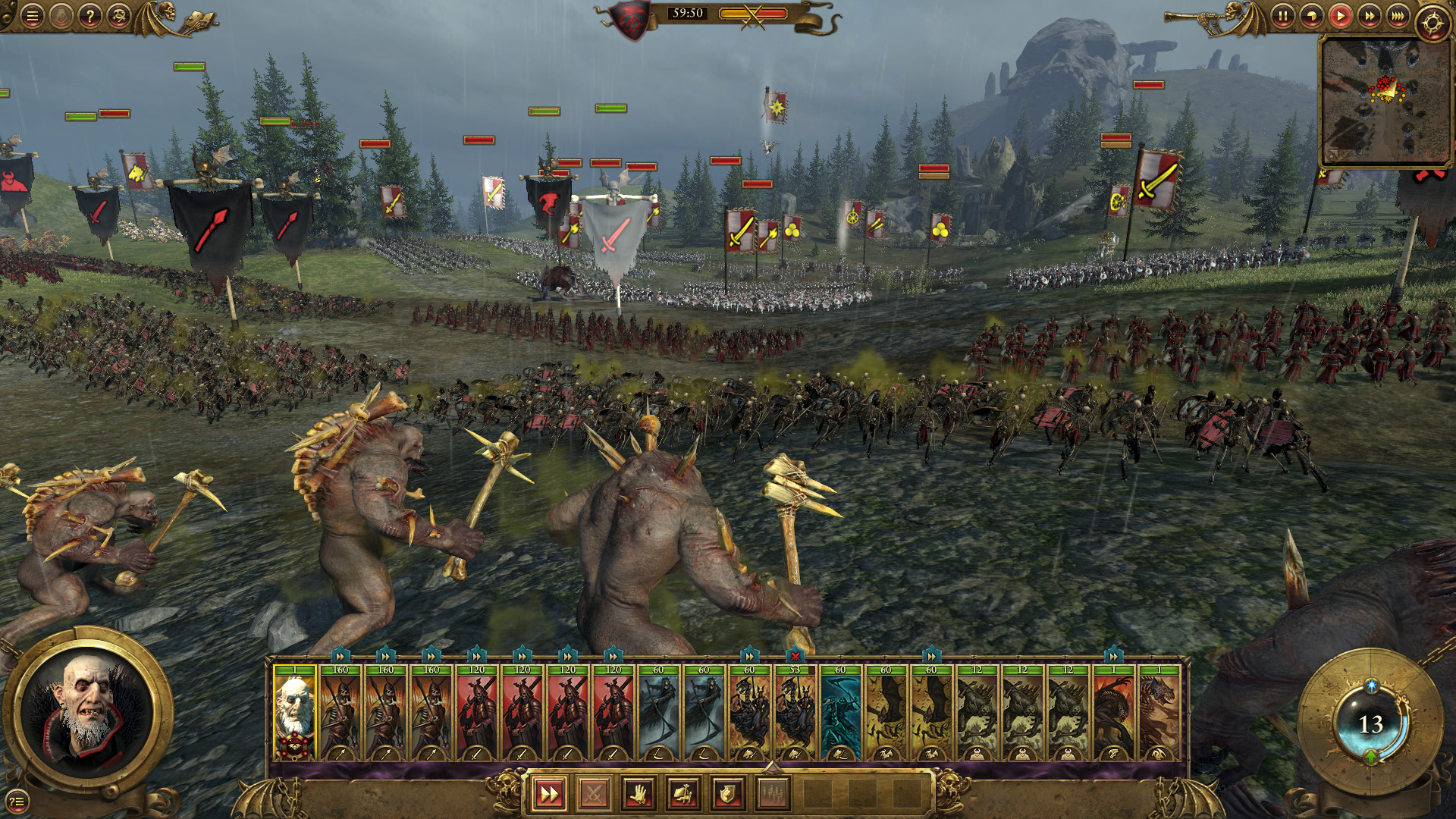
I still remember my first-ever Total Warhammer campaign, where I sent two dwarf armies far into the north to take the last fortress I needed for victory, and ran into the vestiges of the Chaos forces, creating a two versus two battle in the Moria-like underways. I barely scraped by with a victory, but it got me to the end of the game with a massive climactic battle—and one that came from the emergent patterns of the campaign, not one imposed upon me.
Putting pressure on players in the mid and endgame is also essential because, as most strategy players know, the first portions of a campaign are almost always the most tense.
Putting pressure on players in the mid and endgame is also essential because, as most strategy players know, the first portions of a campaign are almost always the most tense. Any major misstep can put you well behind your rivals, while the larger your empire gets, the more room for error you have.
The latter two Warhammer games solve this problem simply, if inelegantly. When the time comes for the quest part of the campaign to take priority, either by the Vortex rituals or the Chaos Rift phase, a bunch of Chaos armies start appearing and have to be dealt with. Both of these phases are timed, so the player has to spend some time defending, before rebuilding and returning to conventional Total War expansion.

But the original Warhammer—taking cues from Total War: Attila—increases the pressure on players in a really fascinating and effective way: the game world is made smaller as the quest focus ramps up. Chaos armies tend to raze peripheral settlements, which cost so much to rebuild that players have to make difficult choices about whether to focus their energy and money on conquest and protecting what's left, or taking back what they lost. Shorter turns and more risky choices lead to higher and more dramatic stakes.
None of this matters if it doesn't feel right. This is why it's important that the campaign structure adds that pressure and narrative build-up without making it feel like it's a totally different game. This is an issue in Total War: Warhammer 3, which pulls your main leader away from the core elements of a campaign for huge chunks of the game and puts the climax in overdesigned, scripted battles. Similarly, Warhammer 2's Chaos-spawning quests are arbitrary enough that I tend to avoid the Vortex campaign.
Warhammer's Chaos invasion, on the other hand, is a perfect fit for the already apocalyptic setting, where civilization is constantly at war to maintain itself, and even the supposed 'heroes' are cruel and brutal. The campaign even incorporates elements from the tabletop game's End Times campaign, where Games Workshop destroyed the Old World (and did some rebranding to sell more models).
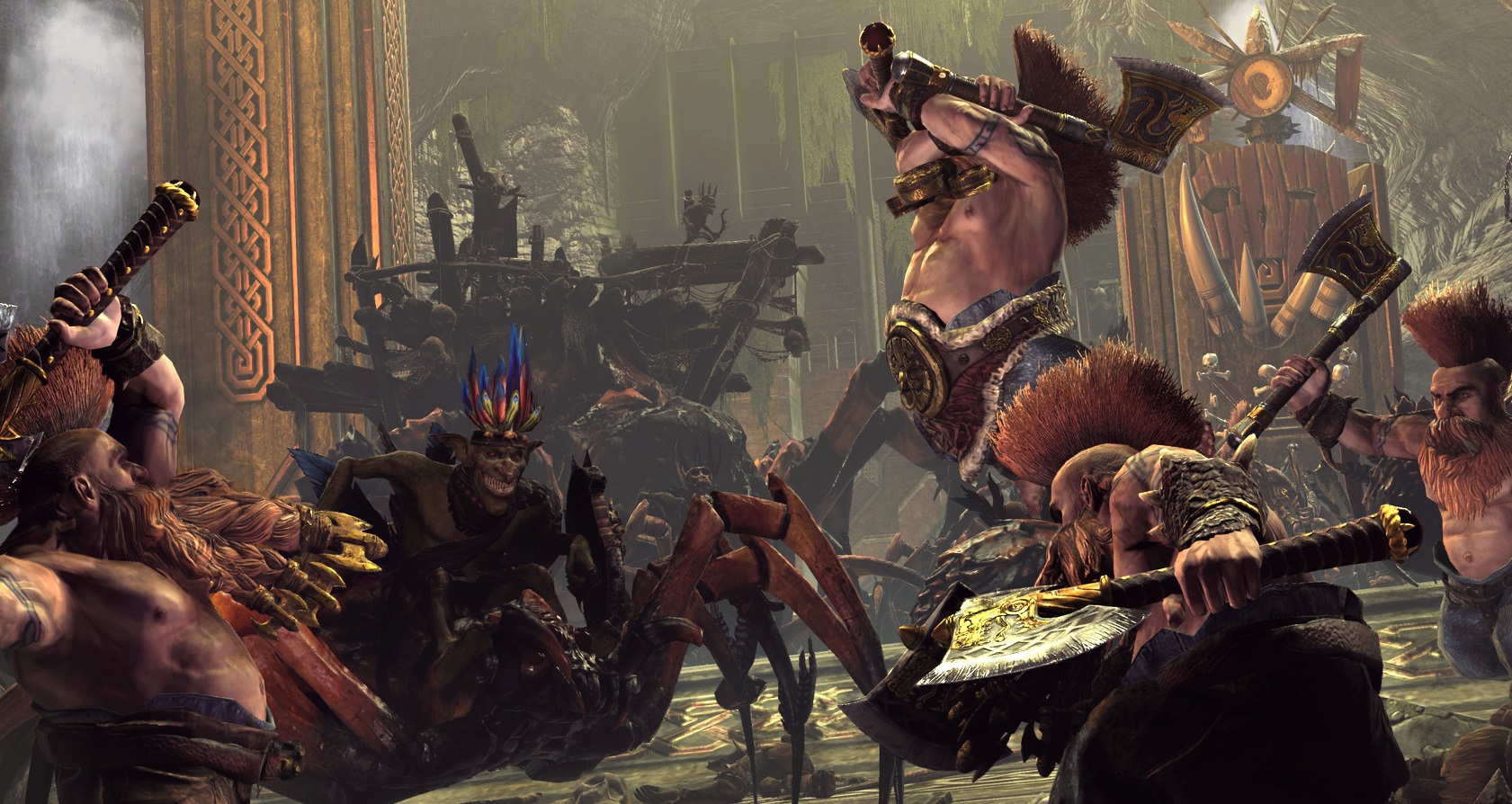
The campaign warns players that this extinction-level event is on its way, before it appears in one corner of the map and slowly starts moving south and west, razing and devouring everything in its path. You've got a big build-up, a huge invasion, and the end of the world—a story arc with narrative weight, and all this without the need for more cutscenes.
It also subtly changes the game in ways that creates emergent narratives, much like Attila's slow limiting of food over time. I mentioned the increase in Chaos corruption across the setting, which limits economic growth, but there's also a diplomatic change, where all the factions fighting against Chaos share a boost to relations. This creates a push toward a narrative where the warring factions have a systemic reason to find peace with one another as Chaos rolls forward, leading to a Tolkein-esque last alliance of the less-corrupted races.
Then comes the great bit: when Chaos is defeated, that diplomatic boost disappears too. So that alliance slowly (or quickly!) breaks apart, and the erstwhile allies are left fighting for the scraps of a ruined world. This is, again, a perfect mesh for the apocalyptic vibe of the Total War: Warhammer games, and it also creates a more engaging end to the campaign, where now players have to decide if they want to commit to the extremely costly and slow process of rebuilding, or focus their smaller armies on conquest of the remaining bastions.
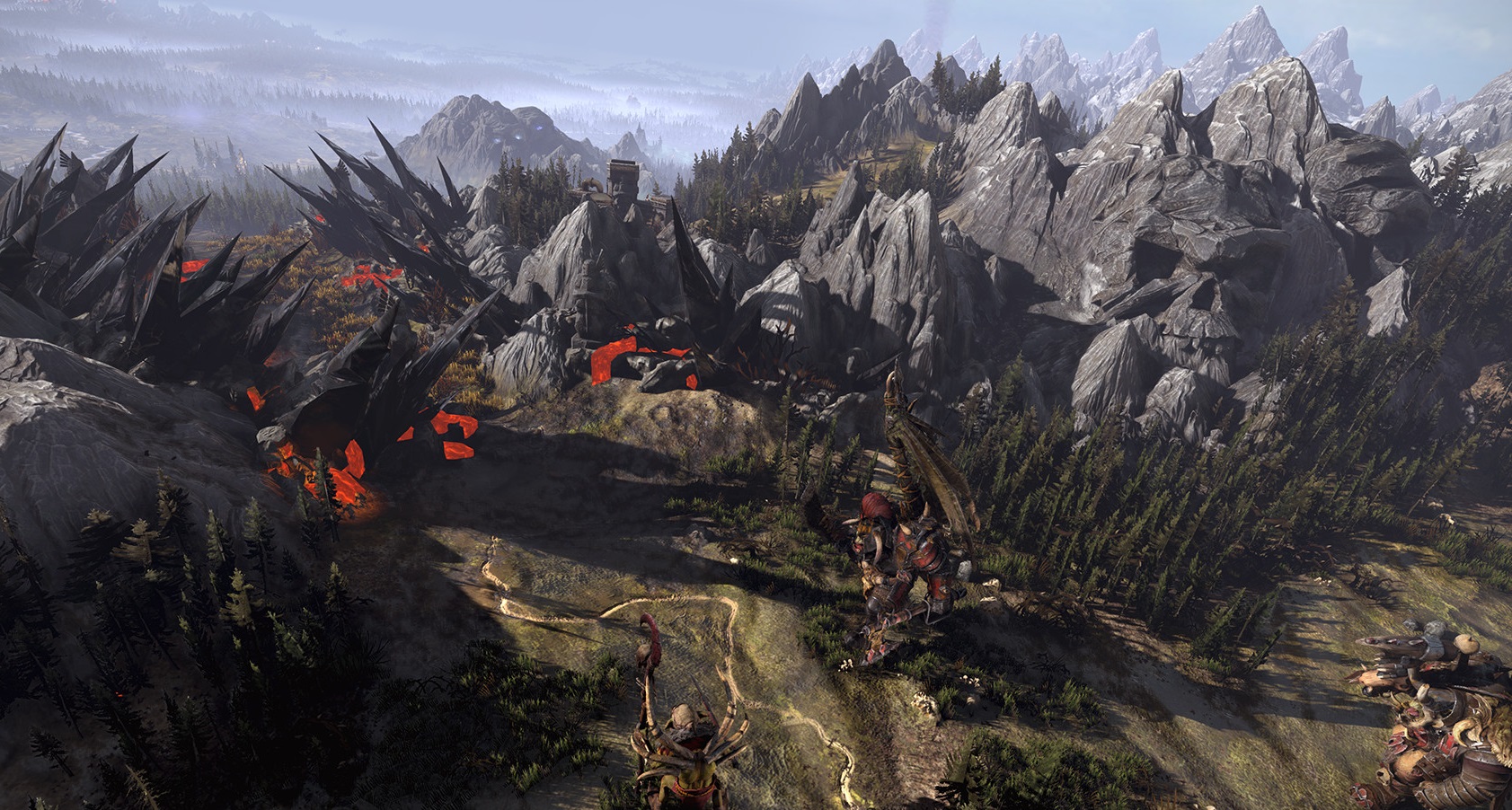
As good as Warhammer's campaign structure is, though, there are some important issues that are still relevant to the series as we wait on the final mega-campaign, Immortal Empires, which will combine all three games.
Balancing this sucker has proven incredibly difficult.
First, it gets really repetitive fighting the Warriors of Chaos faction constantly, especially those goddamned cannons that seem to wipe out armies from across the map. This issue was somewhat relieved by the addition of other Chaos factions in the later games, particularly the Skaven, but the Daemons of Chaos and their four different factions in Warhammer 3 should do wonders for making the apocalypse a little less samey.
The second one is bigger: balancing this sucker has proven incredibly difficult. The first Warhammer was the model for the campaign structure of Mortal Empires, which combined the first two games' maps, but cut the Vortex stuff while maintaining the Chaos invasion. Through the course of Mortal Empires development, including post-release, Creative Assembly never quite got the balance of the Chaos invasion right for the size of the new map and addition of so many factions.
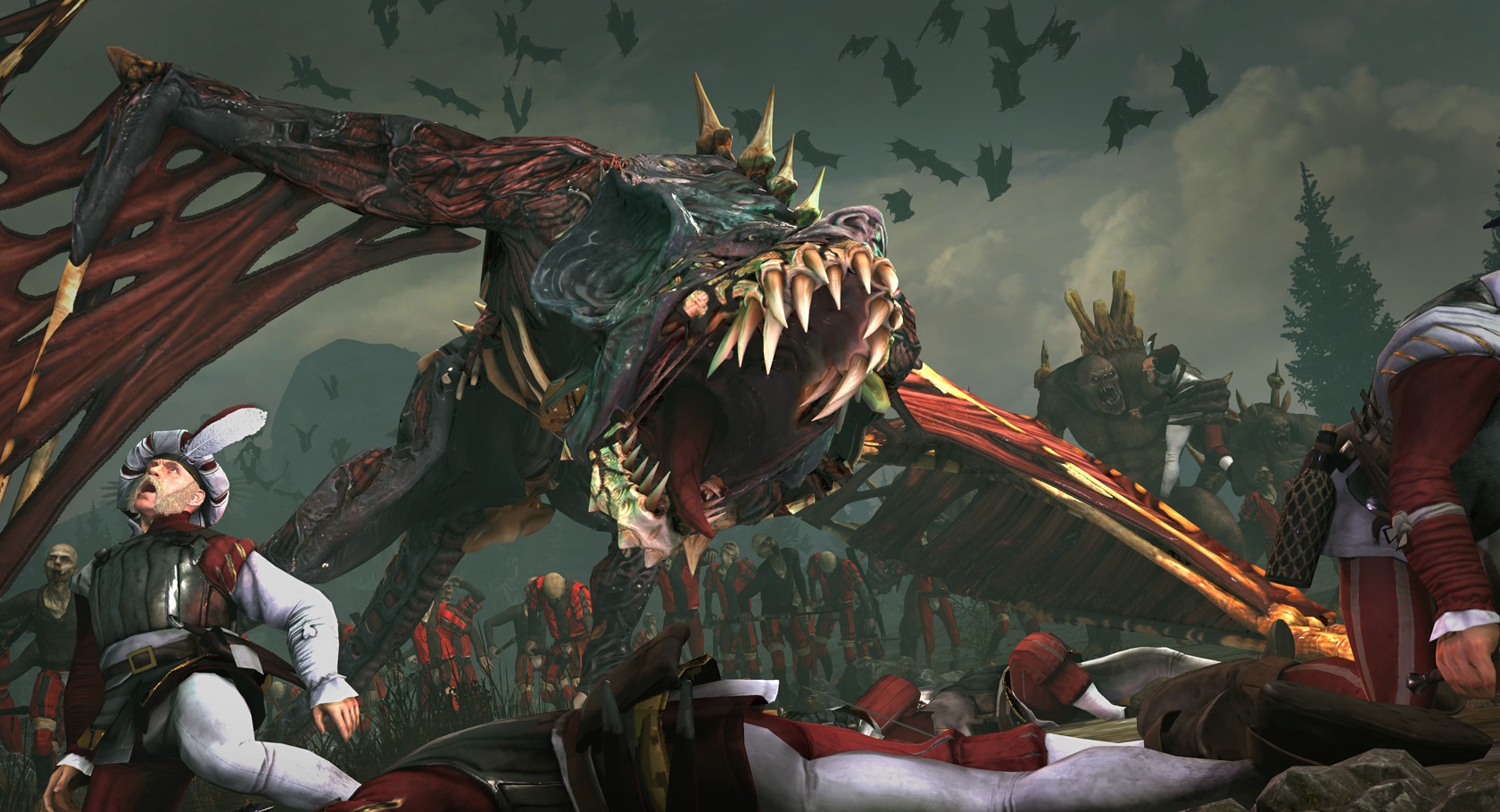
There were several patches before it even started to behave in an appropriate fashion, for one thing. But even once it no longer, for example, sent dozens of armies directly at the player and only the player, it still didn't behave in the way that added pressure as effectively as the first game's campaign. The northeastern part of the map in particular still feels the brunt of the apocalyptic invasion, but I played campaigns on other continents where the invasion was a tiny inconvenience. And the increased size of the map meant that many factions weren't near the invasion so they could never join in the fun of defeating Archaeon, the big boss.
For me, news of the datamined map of Warhammer 3's Immortal Empires—which is roughly the Mortal Empires map but bigger—was the biggest clue so far that we'd be seeing more of the Chaos invasion structure in the super-campaign. The possibility had existed that Creative Assembly might go in a completely different direction, but a similar-but-bigger campaign was always most likely. (Creative Assembly has declared that this is an old prototype, but hasn't said what it might have changed.)
My hope is that, if this means we're going to be seeing a similar campaign structure, Creative Assembly will use its experience with developing Mortal Empires and the addition of the Daemons of Chaos to fix the existing problems, so that we have the best parts of the Chaos invasion in the Immortal Empires mega-campaign. The apocalyptic feel, the emergent narrative, the shrinking map, and the clever segue into the endgame all combined to make it the best of the Total War: Warhammer campaigns.

